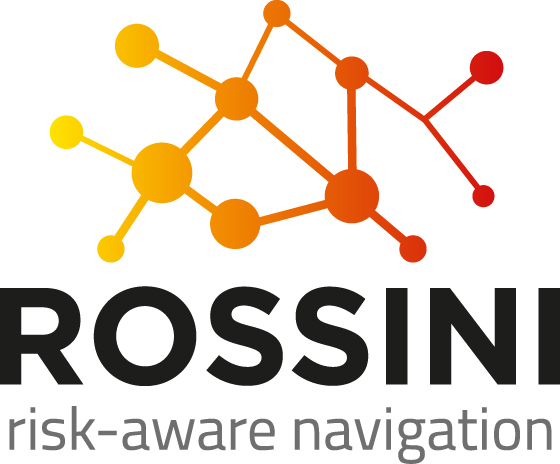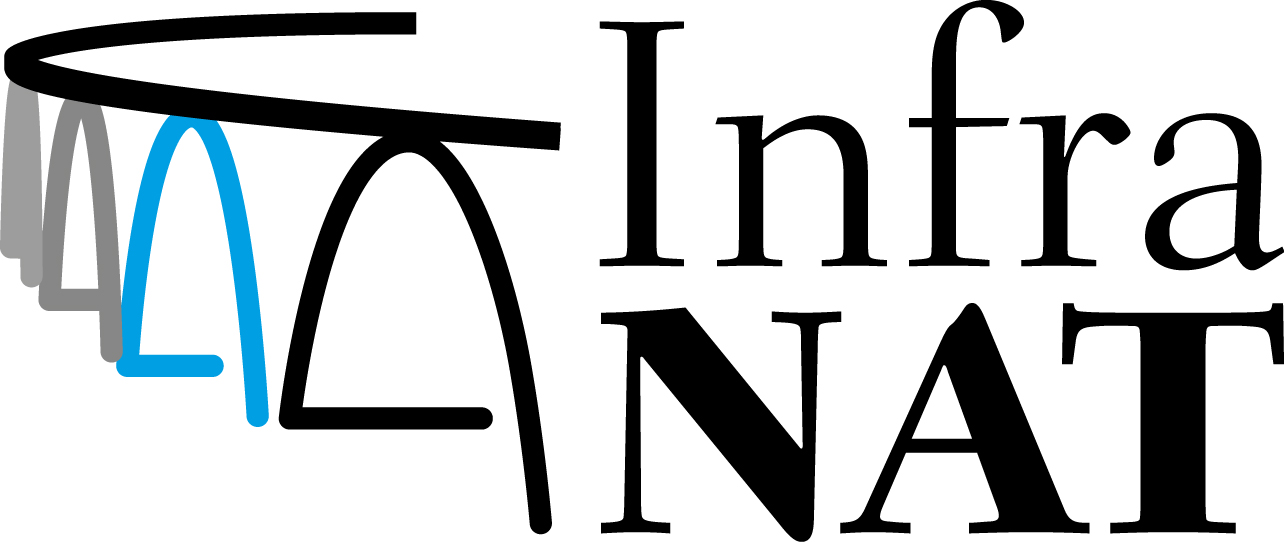
ROSSINI places itself within the overall field of seismic risk-aware navigation systems. It describes the use of a sensor array for the integrated risk-aware navigation in industrial plants at risk of NaTech accidents, using an industrial plant facility in Italy as its pilot study. The integration of structural and environmental risks estimated and measured in different ways via a sensor array network is presented as part of an integrated risk identification and evaluation (RIE) module. This module is used to combine and map the possible risks spatially within an industrial plant’s layout and shown how this information can then be used to not only compute the safest path to safety for a worker located within such a plant but also how mobile communications can be used to aid and guide them in different scenarios.




